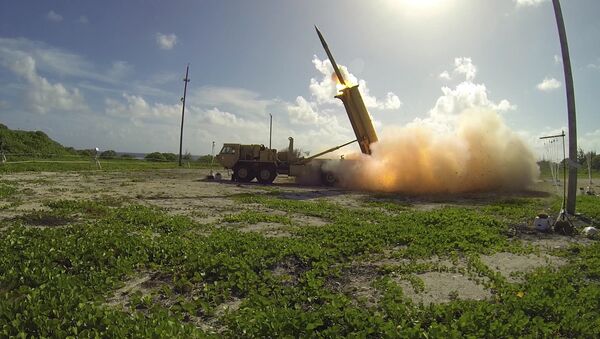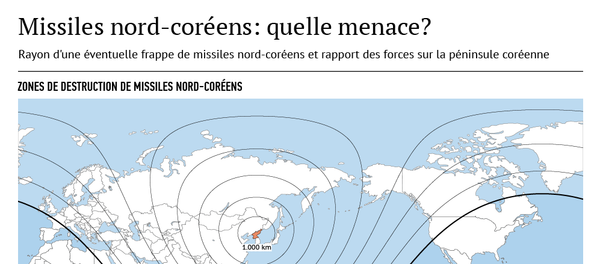Depuis l'inauguration de Donald Trump, qui a eu lieu en janvier 2017, le dirigeant nord-coréen multiplie le nombre de ses essais balistiques. Le plus impressionnant des 15 effectués depuis janvier a été celui du 29 août effectué en direction de la mer du Japon.
Par chaque nouveau tir d'essai Pyongyang tente de montrer au monde un progrès, même insignifiant, qu'il a fait en matière balistique. Trois jours plus tôt, la Corée du Nord a effectué des tirs nocturnes des missiles tactiques, le 4 juillet — d'une fusée de type Hwasong-14, capable selon des experts d'atteindre les côtes ouest des États-Unis. Le 29 mai, un Hwasong-6 de haute précision a été lancé. Le 6 mars, quatre missiles Hwasong-9 ont été tirés simultanément en réponse à la menace des systèmes américains THAAD.
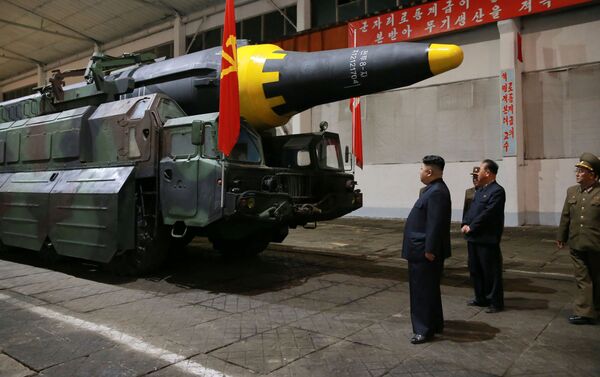
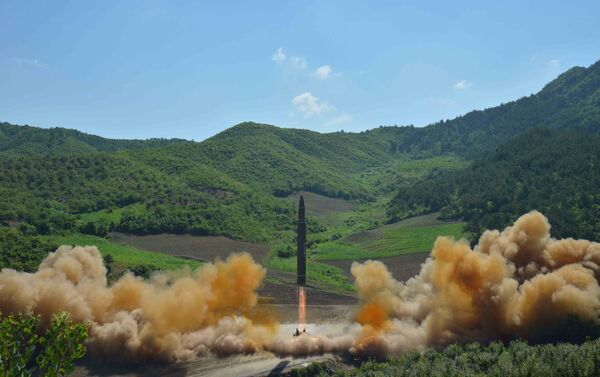

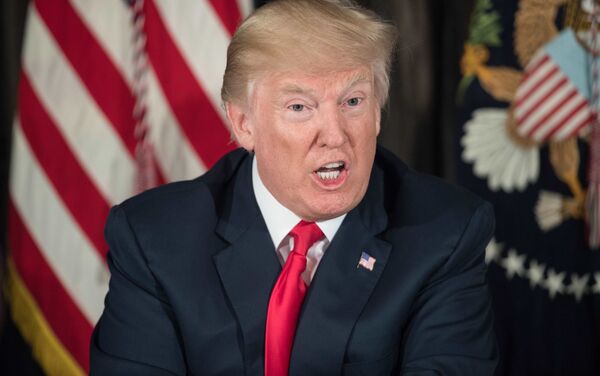
President Donald Trump said on August 9, 2017 the United States' nuclear arsenal was now "more powerful than ever before" in a fresh warning to North Korea over its missile tests. "My first order as President was to renovate and modernize our nuclear arsenal. It is now far stronger and more powerful than ever before," Trump wrote on Twitter before adding that "hopefully we will never have to use this power."

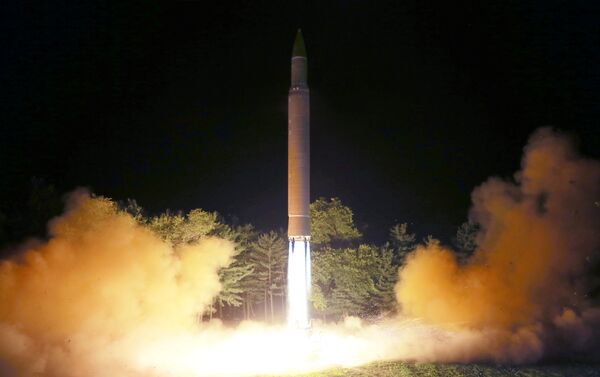

President Donald Trump said on August 9, 2017 the United States' nuclear arsenal was now "more powerful than ever before" in a fresh warning to North Korea over its missile tests. "My first order as President was to renovate and modernize our nuclear arsenal. It is now far stronger and more powerful than ever before," Trump wrote on Twitter before adding that "hopefully we will never have to use this power."
Entre-temps, des systèmes de surveillance américains sont déployés dans la région, destinés, selon les déclarations de Washington, à traquer exclusivement les tirs nord-coréens, alors que des navires de la Marine américaine naviguaient depuis longtemps à proximité. Et malgré cela, c'est l'agence sud-coréenne Yonhap qui annonçait les 15 derniers lancements, se référant à des sources militaires. Quant au Pentagone, il n'a confirmé ces tirs que quelques heures plus tard.
Selon le général-major russe Pavel Zolotarev, le système de missiles antibalistiques américain (THAAD), en service depuis 2008, est impuissant face aux missiles nord-coréens, puisque son but est de neutraliser des missiles chinois de portée intermédiaire.
«Si au moins un missile à tête nucléaire n'est pas neutralisé, on peut conclure que le système est compromis, car il est extrêmement difficile d'atteindre une efficacité de 100%. Dans le même temps, les États-Unis ne permettront en aucun cas ne serait-ce qu'une seule frappe nucléaire contre leur territoire.»
